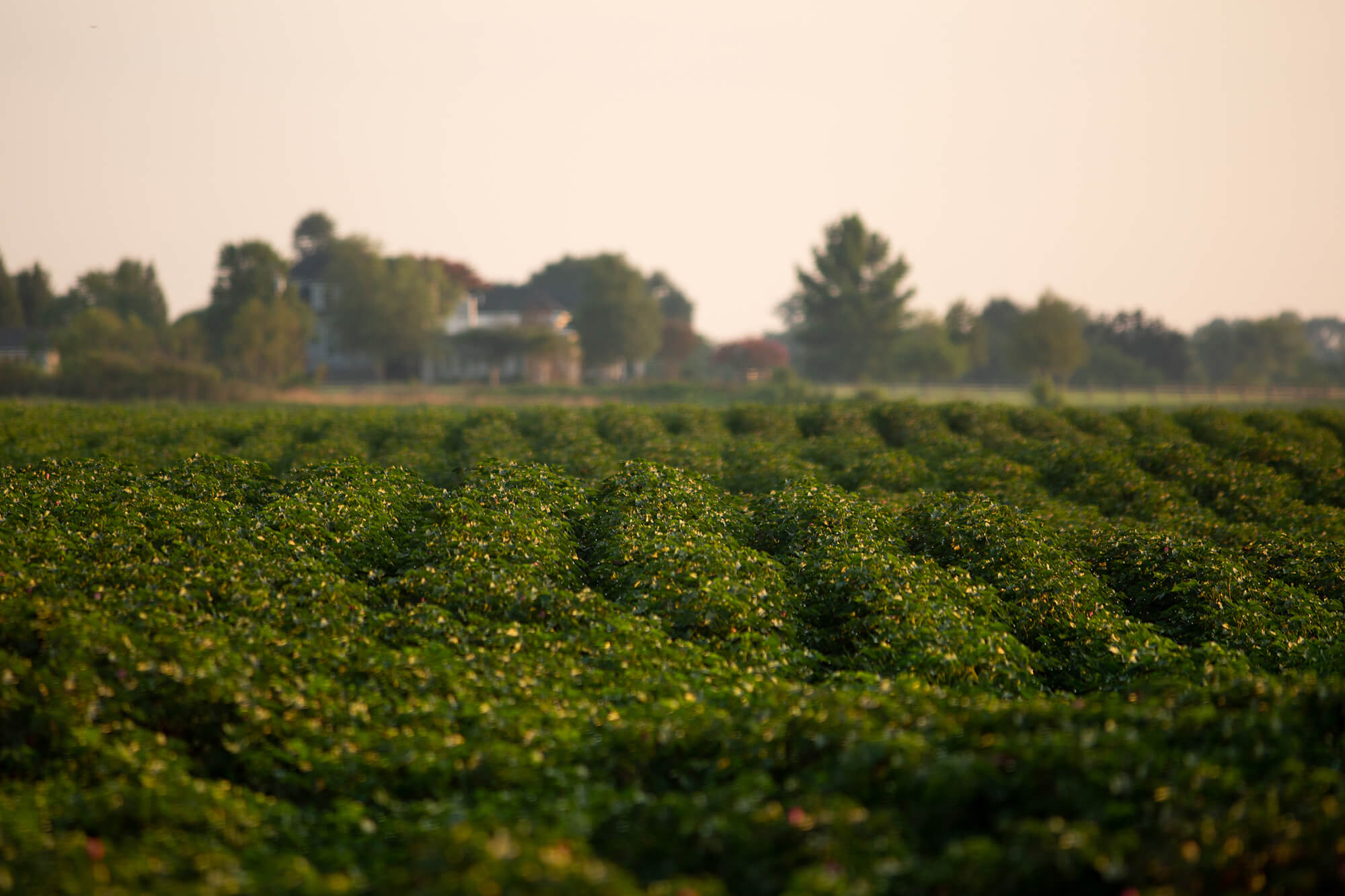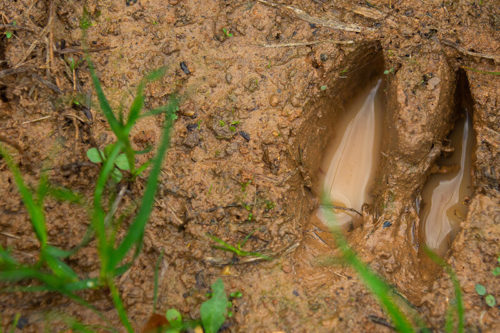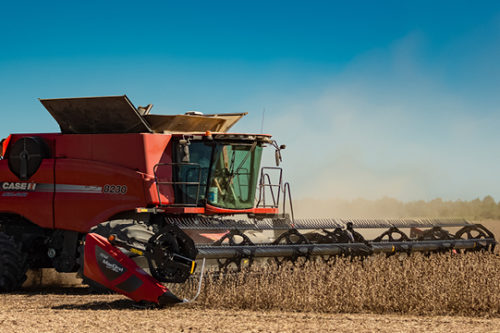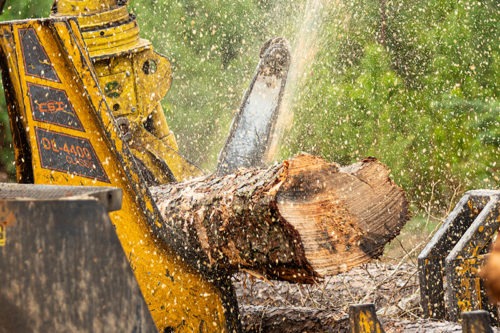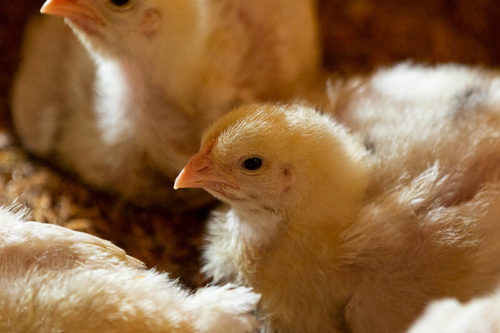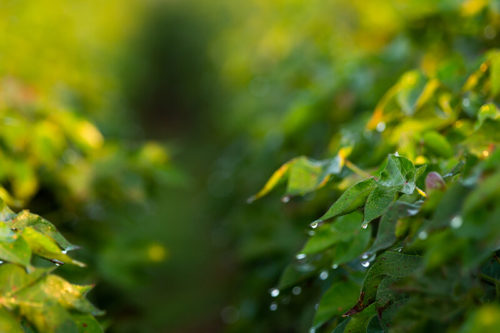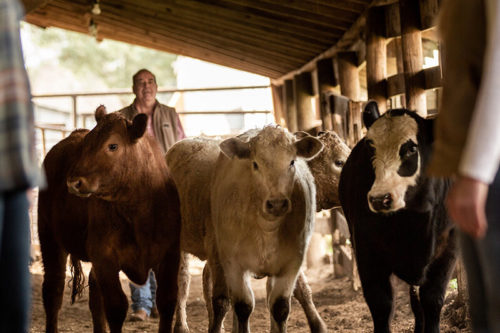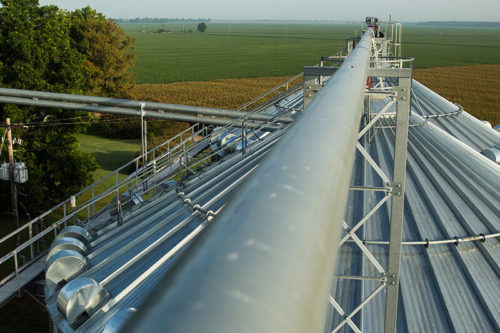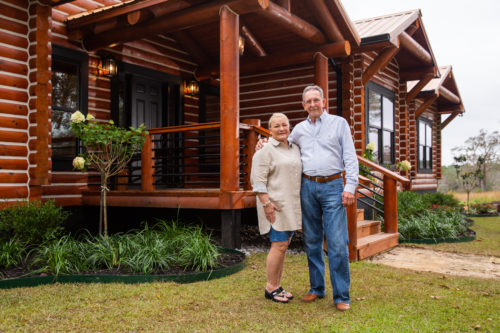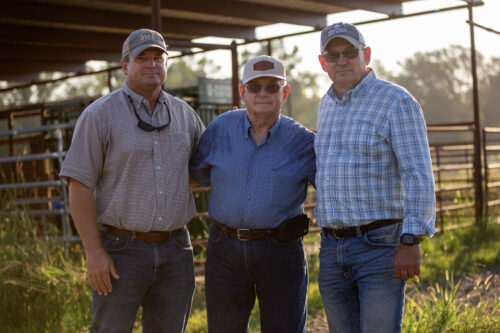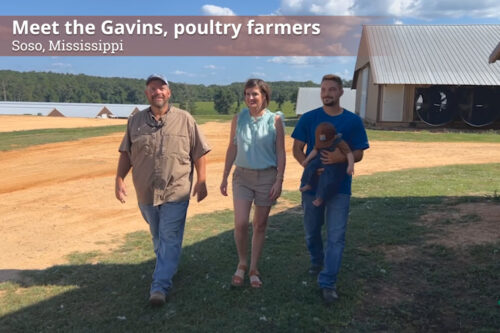Converting Row Crop Land
Other Uses for Your Acres
Famously fertile, the agricultural land of Mississippi and Louisiana can grow an incredible variety of row crops such as cotton, corn and soybeans. We could go on and on, but the point is, with our temperature, annual rainfall and soil quality, most crops grow very well in both states.
What if you’d like to convert some of your row crop land into something else? Perhaps you’re looking to diversify your farm, or it may be that the price of your crops is presently unsustainable.
If you’re ready to switch it up, we have two great options to consider: catfish ponds and forage pasture.
New Land Use: Catfish Ponds
Catfish is Mississippi’s seventh-largest agricultural crop and Louisiana is one of the top 10 aquaculture industries in the United States. Using best practices, catfish grow quickly and consistently.
You can build catfish ponds on top of what used to be your crop acreage. These ponds should be designed and executed carefully to produce the best fish and maximize the life of the pond, typically 10 to 15 years.
Catfish Pond Construction Guidance
“Construction of Levee-type Ponds for Fish Production” (PDF) from the Southern Regional Aquaculture Center takes you through the ideal size, layout, shape, depth, slope, soil and drainage for optimal catfish production.
The local Natural Resources Conservation Service office in Mississippi and Louisiana have technology that can help you plan the design of your catfish ponds. Plus, they can help you test your soil to make sure that it has the correct composition to hold the pond water you need.
Catfish Pond Costs
The building of a catfish pond can be a significant initial investment. Costs may include earth moving, installation of pipes and aerators, water supply, fingerlings, labor and equipment. Farmers who are starting an operation like this may consider getting an agricultural loan like the ones offered by Southern AgCredit.
New Land Use: Forage Crop & Pasture
If the livestock element of your business is booming, and you’ve run out of space, you may consider converting some of your row crop acreage to pasture. Creating a top-notch perennial grazing pasture requires careful planning and preparation of the seedbed, as well as ongoing fertilization and maintenance.
Cost of Pasture Conversion
Some of the biggest costs you’ll incur while converting your row crop land into pasture are fencing, a capable water source and adequate shade for livestock during the summer months. You might also consider spending more on quality seeds and fertilizers.
Pasture Establishment
In order to establish your pasture, keep the following in mind:
- Soil fertility
- Seedbed preparation (to till or not to till)
- What to plant
- How to plant
- When to plant
- Managing the graze
Helpful Forage Guides
- Mississippi State University Extension School’s Forages website includes frequently asked questions, its recommendations on varietals, podcasts, newsletters and more.
- Louisiana State University’s Ag Center makes annual suggestions on what grass and legume varieties to plant. It collects this data in three areas of the state.
Finance Your Farm Project With Southern AgCredit
When converting a piece of land from row crops to something different, it may take some time before you see a return on your investment. That’s why many farmers in Mississippi and Louisiana use Southern AgCredit to finance the construction of projects related to catfish and cattle operations. The loan officers at Southern AgCredit are experienced and can help you diversify your current operation. To get started, contact a loan officer at the branch near you.

